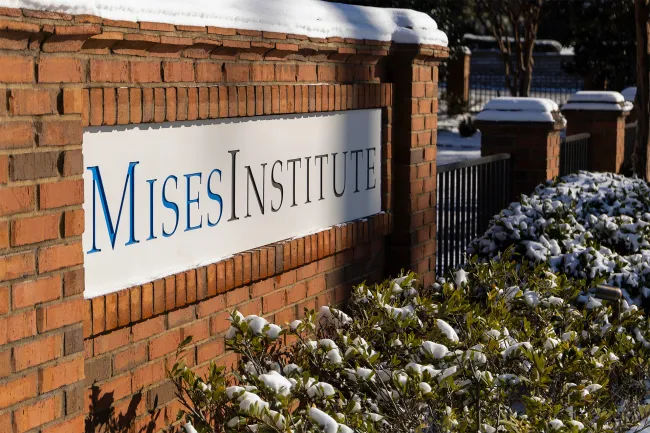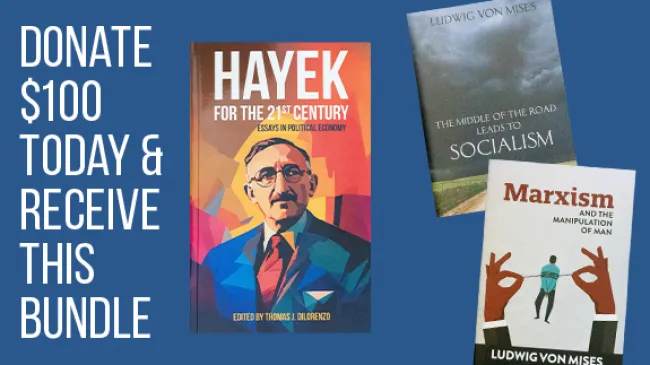The last excuse that diehard defenders of President Trump’s tariff policies have advanced now lies in ruins. Trump had put in place exorbitant tariffs, these defenders acknowledged, but this was just a negotiating tactic, to get the targeted countries to lower their own tariffs on American goods. But if that is his aim, he is pursuing it in a blunderbuss fashion. As Paul Craig Roberts, a strong defender of tariffs, says: “Trump’s position on tariffs is problematical for many reasons. First, let me say that historically tariffs were a legislative issue. The Morrill Tariff was voted by Congress. The Smith-Hawley Tariff was voted by Congress. How is it that the executive is imposing tariffs? Assuming the president has this authority and assuming that we don’t have tariffs on others but others have tariffs on the US, the way to success is for Trump to sit down with the offenders and explain that the situation is not working for us. How do they propose to rectify the inequality? This would have given Trump the upper hand. Instead, he is portrayed as issuing threats not only to China but also to American allies. Retaliation has become the game.”
Ron Unz, who is a master of statistical analysis. offers the best account of where Trump has gone wrong. Unz, like Roberts, isn’t opposed to protective tariffs, but he explains fully Trump’s irrationality. Trump has confused trade deficits with tariffs, leading him to absurd figures: “For example, our factually-challenged president declared that his new tariff rates were ‘retaliatory’ and indeed the first column of the chart he displayed showed the foreign tariffs that had allegedly provoked his retaliation, but everyone quickly noticed that these figures were total nonsense. Switzerland hardly imposes a 61 percent tariff on American goods, nor does Vietnam maintain a 90 percent tariff rate against our products. Instead these figures were merely calculated using a formula based upon America’s existing trade deficit in goods, which was something entirely different. So if another country sold us more goods than they themselves bought, that was described as due to a tariff even if no such tariff actually existed. In a perfect example of this absurdity, Trump incorrectly claimed that the penguins of Norfolk Island near Antarctica maintained huge barriers against American products, with his counter-vailing tariff of 29 percent aimed at punishing those water-fowl for their unfair trading practices. Obviously, Trump’s claims justifying his new tariff rates were totally ridiculous, but they were actually ridiculous in several different ways. Suppose that this weren’t the case, and our trade in goods with the rest of the rest of the world were totally in balance, just as Trump wished it to be. Under those circumstances, we would naturally have trade surpluses with some countries and trade deficits with others, with all of the different figures netting out to zero. But according to Trump’s framework, those countries with which we had a trade surplus would still be hit with a new 10 percent tariff while those with which we had a deficit would suffer much larger tariffs, and these would then be jacked up if those countries decided to retaliate. So the apparent goal and endpoint of Trump’s policies would be to sharply reduce or even eliminate all our trade with the rest of the world. Thus, Trump was self-sanctioning America much like he had sought to do against Iran, Russia, North Korea, and all the other countries he and previous administrations had regarded with considerable hostility. Yet oddly enough Trump seemed to believe that cutting off the global trade of countries he didn’t like would severely hurt them, but cutting off our own trade would strengthen our country and benefit the American people.”
Given such irrationality, an obvious question arises, what is Trump’s game? Eric Schliesser, who teaches political science at the University of Amsterdam, suggests that Trump is seeking to concentrate power in himself and to advance his own financial interests and those of his cronies: “From my own, more (skeptical) liberal perspective tariffs are an expression of mistrust against individuals’ judgments; they limit and even deny us our ability to shape our lives with our meaningful associates as we see fit. And tariffs do so, in part, by changing the pattern of costs on us, and, in part, by altering the political landscape in favor of the well-connected few. Of course, in practice, tariffs are always hugely regressive by raising costs on consumer products. This is, in fact, a familiar effect of mercantilism and has been a rallying cry for liberals since Adam Smith and the Corn league. That is, some of the most insidious and dangerous effects of tariffs are evidently political in character. They create monopoly profits for the connected few, who can, thereby, entrench themselves against competitors, regulators, and consumers. It is well known that once a tariff is entrenched it is incredibly difficult to remove. They create permanent temptations to bribe the executive and those with access to him. Watch for stories about import-quotas, tariff holidays, and ad hoc tariff exemptions to appear in the press and subsequent policy. Political and economic uncertainty is generally a self-reinforcing process. To undo it more and more actions by the executive are demanded by a scared public manipulated by profit-seeking adventurers. It’s entirely predictable we’ll see the rise of a system of selective subsidies and cartels as Trump Tariffs are entrenched.”
Schliesser also draws a connection between high tariffs and imperialism. “The commentariat is suddenly full of knowing nods to William McKinley and his tariffs. President Trump himself is known to refer to him. And, yet, there is a tempting mistake to treat tariffs as evidence of isolationism. McKinley was no isolationist. McKinley’s was the American imperialist presidency annexing Hawaii, and after the war with Spain annexing Puerto Rico, Guam, the Philippines, and American Samoa as well as control of Cuba. That President Trump admires President McKinley and envisions annexation of Canada, Greenland, Panama, and even Gaza fits the worldview.”
We should never forget that the problem with tariffs isn’t confined to Trump’s insane ideas. Tariffs are bad for consumers. They restrict what we can buy. As the great Dr. Ron Paul explains, “China’s retaliatory tariffs show how export-dependent industries are harmed by protectionist policies. Even if other countries refrain from imposing retaliatory tariffs, exporters can still suffer from reduced demand for their products in countries targeted by US tariffs. Businesses that rely on imported materials to manufacture their products also suffer from increased production costs thanks to tariffs. President Trump acknowledged how tariffs harm US manufacturers when he granted US automakers’ request for a one-month delay in new tariffs on imports from Mexico and Canada. Many American consumers who are struggling with high prices are concerned that President Trump’s tariff policy will further increase prices. They are right to be concerned. Contrary to popular belief, foreign businesses do not pay tariffs. Tariffs are paid by US businesses that wish to sell the imported goods. When tariffs are increased, the importing businesses try to recoup their increased costs by increasing their prices. Consumers then must choose whether to pay the higher price, find a cheaper alternative, or do without the product. Whatever they choose, consumers will be worse off because they cannot spend their money the way they prefer.
Let’s do everything we can to end protective tariffs. Free trade is the path to peace and prosperity.


